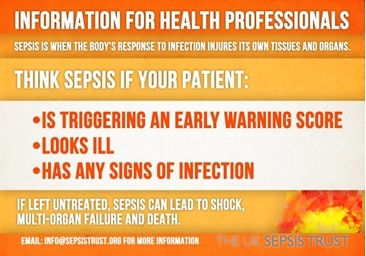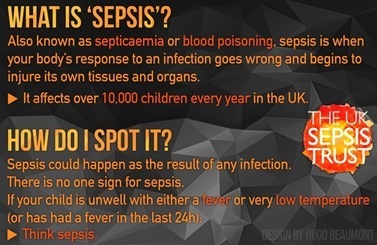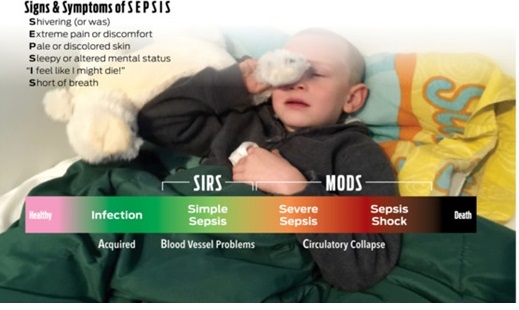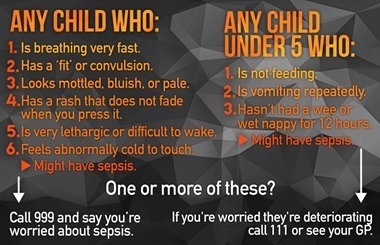My guest blogger, today, Taylor Evans, firmly believes it's well worth it. Here, he weighs up the pros and cons for you. But first, a little bit about Taylor:
| "Hi, I'm Taylor and have now been blogging for about three months. I Post daily and post about nearly anything! I post about tech, DIY and lifestyle. This is my first time guest posting and really think its time to interact with other bloggers more. "My blog is taylorevansblog.com |
No Extra Cost
Unlimited Streaming
Multi-Device Support
Missing Content
The Basic package is £5.99 / month, which makes it a little cheaper over a full year than the Amazon Prime subscription which nets you its Instant Video service.
That gives you access to the standard definition streams - so no HD for you - but if your bandwidth is limited that's no biggy. It also limits watching to only a single device at any one time.
The next step up is the Standard package which will deliver the Full HD, 1080p streams. At £7.49 / month that also allows you to watch on two discrete devices at any one time. That's a great option for sharing within a small family.
If you've got a bigger family the Premium subscription might be for you. At £8.99 / month you can watch on up to four different devices concurrently, but this higher tier is also the one which will allow you to watch Netflix's burgeoning 4K Ultra HD content library.
| How can I access Netflix? There are a huge range of devices on which you can access your Netflix account and, impressively, they will all synchronise too. Watch a show on your desktop browser and you can pause it and pick up in the exact same place when logging back in on your big screen TV. It's important to note that if you're using a browser to stream Netflix then there is a difference between different web browsers. Only Microsoft's Edge will stream at 1080p, with both Firefox and Chrome limited to 720p. |
What are Netflix main features?
Netflix, like Amazon, is going to a huge amount of effort to create its own TV shows and has also recently started making the move into movies too, with Beasts of No Nation.
It has also struck a major deal with Marvel to create its TV version of the Marvel Universe - making discrete shows like Daredevil and Jessica Jones, as well as the upcoming Iron Fist and Luke Cage, before they combine in The Defenders ensemble.
Disney has also been courted by Netflix, striking a deal which means all the new Star Wars films (bar The Force Awakens) will stream globally on Netflix first.
So are you interested in getting Netflix? I myself already have it and pay monthly! I personally think anyone interested in films and likes to binge watch, should. You have a variety of films, series and documentaries to view. Also it ain't that expensive. Only £6 / month ain't that much for the choice of watching any film, any time of day.











 RSS Feed
RSS Feed
